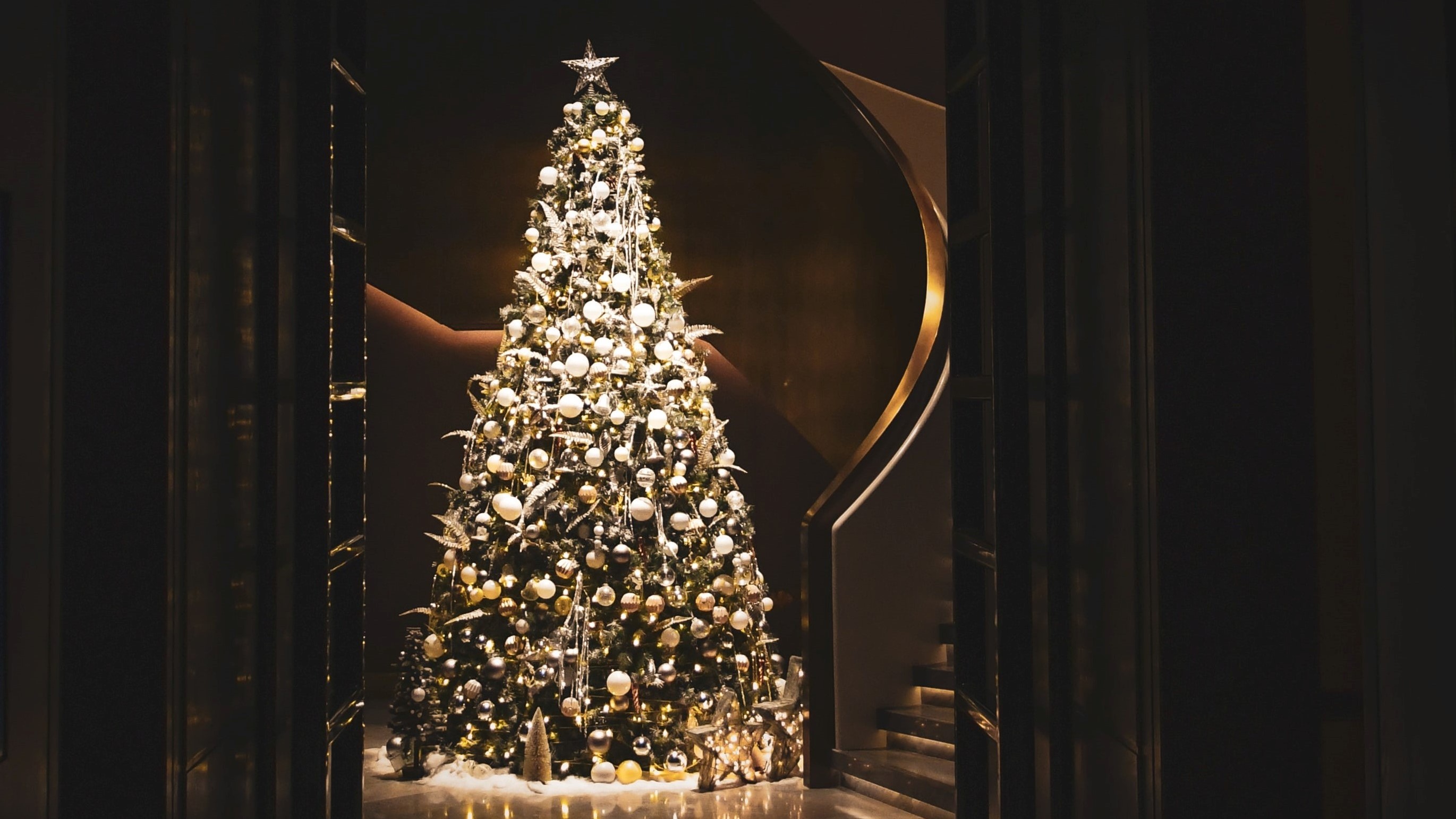Imagine stringing up 687,000 holiday lights outside your home…and only paying $350 in additional electricity costs.
It may seem impossible, but that’s what a family in Dutchess County, New York has been doing for years. Their light show earned the Gay family a Guinness World Record in 2014, and their latest display is the biggest one yet. The video below provides a glimpse into what a record-breaking home light display looks like.
With 40 miles of wire and nine miles of extension cords powering this festive extravaganza, most people assume that the family’s utility bill skyrockets in January.
But because most of the lights are programmable LEDs, they draw less power and more excitement! Here are some considerations for people who love basking in the glow of their festively lit home during the winter.
LED lights are always more efficient
While incandescent bulbs are less expensive to purchase, they are much less power efficient. This is why experts routinely recommend replacing your indoor lightbulbs with LEDs, and it turns out that the same wisdom holds true when it comes to indoor and outdoor holiday lights.
One style of incandescent bulb is notoriously expensive to operate. C9 bulbs, which are shaped like candle flames and typically used outdoors, each consume seven watts of electricity. This means that 300 C9 bulbs would consume 2,100 watts (W).
In contrast, 300 LEDs shaped like C9 bulbs would only consume 29 W – a tiny fraction that translates into big energy savings.
A similar issue exists with mini lights, which you will commonly find strung around trees. The indoor incandescent variety consumes nearly six times more energy than LEDs.
Another important consideration is the longevity of the lights. LED holiday lights can glow anywhere from 50,000 to 200,000 hours, while incandescent ones may last only 3,000 hours. Choosing LED lights means less waste going to landfill because they won’t need to be replaced for a very long time.
How many lights can I string together?
Best practice dictates that you should never surpass 80% capacity on a given circuit.
If we assume you’re using a 15-amp circuit in your home to power your holiday lights, then they should not draw more than 1,440 W.
120 V × 15 A = 1,800 W
1,800 × 0.80 = 1,440 W
If other electronics are plugged into this circuit, you should account for these in your calculation.
When it comes to stringing lights together end-to-end, consult the package to determine the safe limit. As a general rule, incandescent lights allow few connected strings, meaning if your intention is to put on a fantastic light show, you will need a greater number of separate power outlets.
On top of that, the incandescent bulbs use so much electricity that you will reach that upper limit of 1,440 W fairly quickly. A typical circuit with no other electrical loads would be able to safely supply power to around 200 incandescent C9 bulbs.
Meanwhile, consider a string of 50 LEDs that consumes 2.4 W in total and can support 90 strings connected end-to-end. This setup would consume only 216 W to power 4,500 lights – and you would have plenty of available circuit capacity to spare.
What you do with that available capacity is up to you! If you decide to try and break the Gay family record, we’d love to hear about it.
Glowing reviews
Incandescent holiday lights remain popular for two reasons: lower retail cost and a warm glow that evokes nostalgia. LEDs are very bright by comparison. White LEDs can be purchased in warm and cool tones, but colored versions produce hues that some may find harsh.
To create a customized light display, look for RGB LEDs. These lights contain red, green and blue diodes that be programmed to produce over 16 million colors, so the possibilities are only limited by your imagination.
Tips and tricks
If you’re still planning to set up your holiday displays using incandescent lights, you can unlock greater savings by using a timer. These devices can be set to switch your lights on and off at preset times, so you’ll never forget to do it yourself. Some timers feature additional outlets and have sunlight sensors so that your lights can turn on automatically at sundown.
For safety, never use lights with damaged cords or sockets. Don’t let lightbulbs rest on tree needles and branches, especially incandescent bulbs which can get hot. Keep cords away from water, snow, and metal objects, and don’t keep your lights on when you leave the house.
Finally, if you’re using an extension cord, be mindful of its rating and never overload it. Remember that the amperage of your circuit sets the maximum for the entire power bar, not each individual outlet.
Merry and bright
There’s nothing nicer on a winter’s night than seeing all the homes in a community lit up with festive holiday lights. No matter which lights you choose, we encourage everyone to enjoy the holidays safely with loved ones.
Sources:
Once again I attempt to add polish to LED holiday lights | Technology Connections on YouTube
https://www.christmaslightsetc.com/pages/how-many-watts-amps-do-christmas-lights-use.htm
https://christmasdecorottawa.com/LED-vs-Incandescent-Christmas-Lights.html
https://energytoday.biz/blog/how-many-christmas-lights-can-i-plug-into-a-circuit
https://powerley.com/myth-buster-do-christmas-lights-use-a-lot-of-electricity/
https://blog.holidayleds.com/articles/how_time_your_christmas_lights
Photo by Bao Menglong on Unsplash


